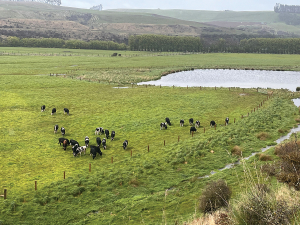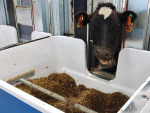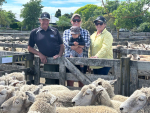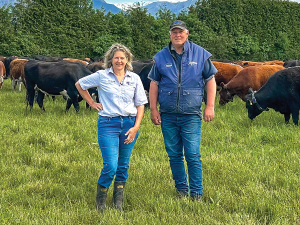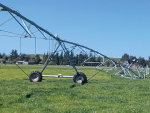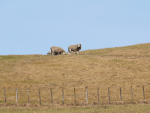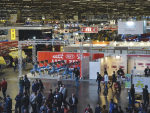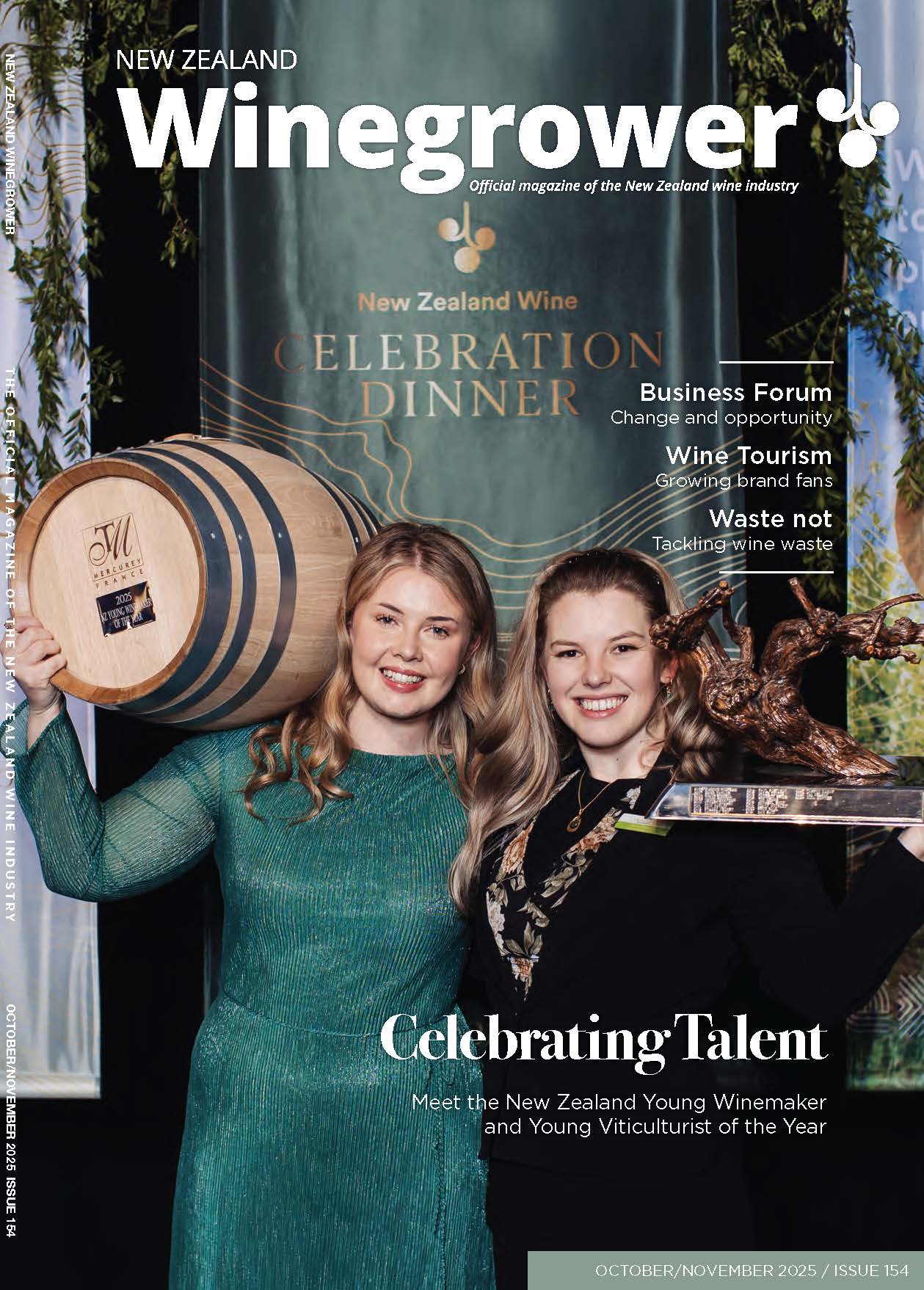The number of beef straws going into dairy cows is on the increase, according to LIC beef genetics product lead Paul Charteris.
Speaking at a field day at Pāmu's Eweburn Station, near Te Anau two weeks ago, Charteris cited latest figures that show about 18% more beef straws going into dairy cows this spring compared to last year.
"In the last four or five years, it's just been up and up in terms of the number of beef straws going into dairy cows," he said.
"I looked at last week's figures: we're looking at about 18% more beef straws going into dairy cows this spring right now than what we had last year. And that's a similar percentage increase on the year before that and the year before and the year before that."
There are several reasons for the rise in dairy beef genetics.
Number one is sex semen in the dairy herd. Charteris says the more sex straws that are used in dairy, the more wombs are available for rent.
"And you can out a beef straw in there: that's definitely a big driver."
Read More:
The second is uptake of wearables in the dairy herd. As the collar goes on the cow, the natural mated bull goes out.
According to Charteris, national data shows that the rate of natural mating has decreased across the whole country.
"And a whole lot more beef straws are being used right on day one of insemination. They're pre-sorting the cows they want replacements from and the ones they don't.
"And the beef straws are going into those cows you don't want replacements from. So, we're seeing a real evolution of mating strategies nationwide as more wearables go onto dairy cows."
The industry policy around bobby calves is also influencing farmers.
Charteris says the industry should prepare for a "non-bobby future".
"We talk with processors, and we talk around are we going to have bobby calves in the future. And what we're hearing is, yep, the bobby calf is going to stay here, but not forever.
"And so, as a farmer incorporated company, which has got a long-term vision, we must have beef products and strategies in place for a non-bobby future. And that's exactly why we're investing in beef breeding programs and we're putting so much time and energy into dairy beef."
Another driver of dairy beef genetics is carbon efficiency on beef units. Dairy beef animals coming onto beef farms will drive down the carbon emissions per kilogram carcass weight by about 25% to 35%, says Charteris.
"So, if you want a more carbon-efficient beef future for New Zealand, more dairy beef animals do help in that regard.
"And finally, from our processes, when we talk to the likes of Silver Fern, Alliance and ANZCO about potential markets for low-carbon dairy beef products at retail level, we're seeing some exciting changes there. So, all those changes are coming together to help drive dairy beef into the future."
Virtual Fencing
There was one player on Paul Charteris' "bingo card of drivers for dairy beef" that he overlooked a few years ago - use of virtual fencing on beef units.
He was on John and Fiona Sherlock's sheep and beef farm in the Waikato a few months ago.
A Class 5 and 6 hill country farm, it uses Halter virtual fencing for all beef finishing.
 |
|---|
|
Paul Charteris, LIC.
|
"And talking to John, he said he's had, over the last two and a half yerars, 50% increase in carcass weight per hectare from using Halter now as opposed to two and a half years ago," says Charteris.
"And he's now getting kilograms of carcass weight per hectare in the top 10% of all beef finishing farms in New Zealand. And he said it's doubled and triple-checked his figures.
"He said he should not be able to do that on his type of country, but he is. So I think that sort of technology is going to be a real driver for more dairy beef cattle coming in and finishing in the future."
LIC's Response
Paul Charteris says LIC is responding to increased demand for dairy beef genetics by investing in breeding programmes of their own.
LIC has got an Angus Cross Europe breeding program, Kiwi Prime, coming onto the market next year.
Kiwi Prime genetics is designed to produce animals with lower birth weights for easier calving and faster growth for better finishing outcomes.
Charteris says another dairy beef genetics they are excited about is Synergizer, a project done in collaboration with Pāmu.
Synergizer brings together the best of Charolais and Stabilizer breeds. Charolais is a continental breed from France, refined in New Zealand to suit pasture.
By combining Charolais' growth and colour-marking genes with Stablizer's efficiency and carcass weights, Synergizer is poised to deliver a reliable, profitable calf which is designed with the needs of rearers and finishers in mind.
The product will be on the market in 2027 as liquid straw.
Charteris says LIC is "deadly serious" about dairy beef.





